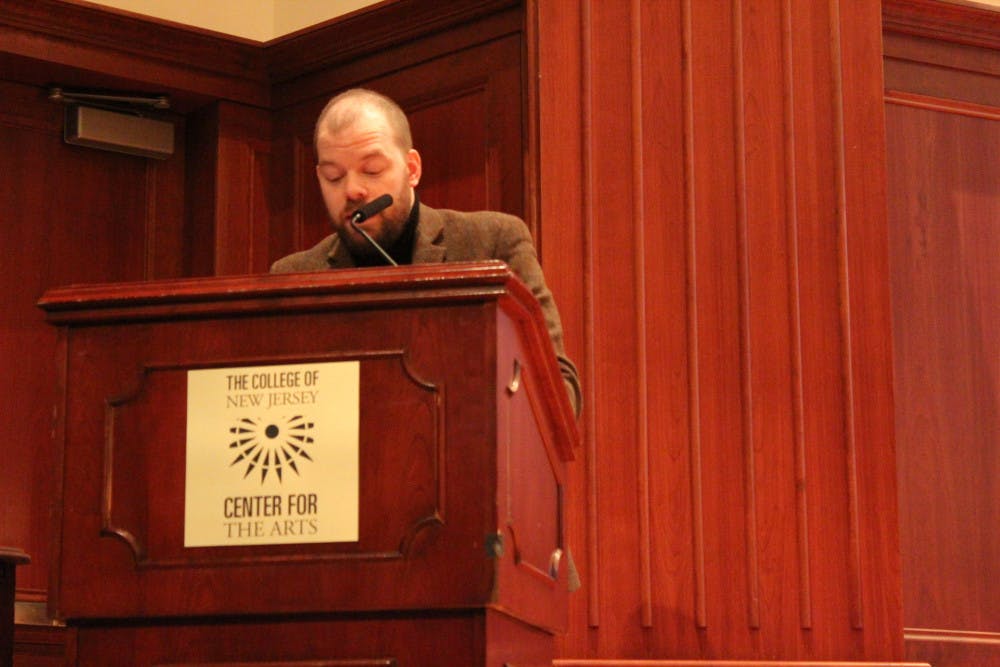By Stephanie Sonbati
Correspondent
Axel Englund, an accomplished writer and associate professor of literature at Stockholm University, presented a lecture on themes of sadomasochism in operatic works on Friday, Feb. 10 in Mayo Concert Hall as part of the College’s Brown Bag series.
Sadomasochism can be defined as the giving or receiving of pleasure, which is often sexual, from the infliction or reception of pain or humiliation, according to Psychology Today.
Englund received his doctorate from Stockholm University in Sweden, and is the author of the book, “Still Songs: Music In and Around the Poetry of Paul Celan.” His studies mainly concern the relationship between art and media.
His presentation titled, “Opera and Sadomasochism: Erotic Power Exchanges on the Contemporary Stage,” discussed opera’s natural transition into the world of bondage, discipline, sadism and masochism. During his lecture, Englund focused primarily on German operas, which tend to be more heavily influenced by whips and the sexual allure of violent acts. Such operas include “Rinaldo,” composed by George Frideric Handel.
“I’m sure this seems weird to you all,” Englund said, drawing laughs and some gasps from the crowd.

The audience was guided through a series of pictures and clips from operas that depicted scenes of bullying, bloody women and “sadistic foreplay,” as Englund called it. BDSM, as viewers learned, opens a gateway for the opera to bring up important topics such as abuse, rape and even politics.
Sadomasochism expresses the inner desires many people share, according to Englund. BDSM is often a hyperbole of human nature, exaggerating the dominant and submissive roles played in daily lives. Opera works in the same – it serves as a hyperbole for the real world. This is why the transgression between the two realms is so natural.
The music in this type of opera also tends to begin at the same time as the onstage role-playing, accentuating the fantasy. Englund explained that even in torture scenes, characters are often receiving the foreplay that he or she craves. For example, in the opera, “Tosca,” when Cavaradossi is tortured in his lover’s bedroom, he receives the pleasure he wanted.
“Such transgressions attract people to the opera, just as it attracts people to BDSM,” Englund said.
Some audience members were stunned by some of the aspects in Englund’s lecture.
“I didn’t know opera was that sexual,” said Paige Restaino, a freshman open options arts and communication major.
Other audience members, such as Cecelia George, a freshman graphic design major, felt overwhelmed by what Englund had to say.
“It was a lot to take in,” George said. “It’s something I never considered or knew before – it was an experience.”
Despite the influences of erotica, the opera is a safe space for people to think about their sexuality and violence as a means of pleasure. Just like BDSM, the opera is a way to express one’s desires and curiosities.







